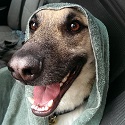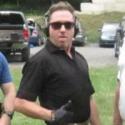I don't dry fire.
I have heard that I should since I first started taking any kind of training but all I was told was "you should dry fire".
So how do I dry fire? What am I trying to accomplish? How do I know I'm doing it right? (Besides the obvious my shooting improves) what about using a laser cartridge?
Thank you for answering my constant pain in the ass questions



 Reply With Quote
Reply With Quote





